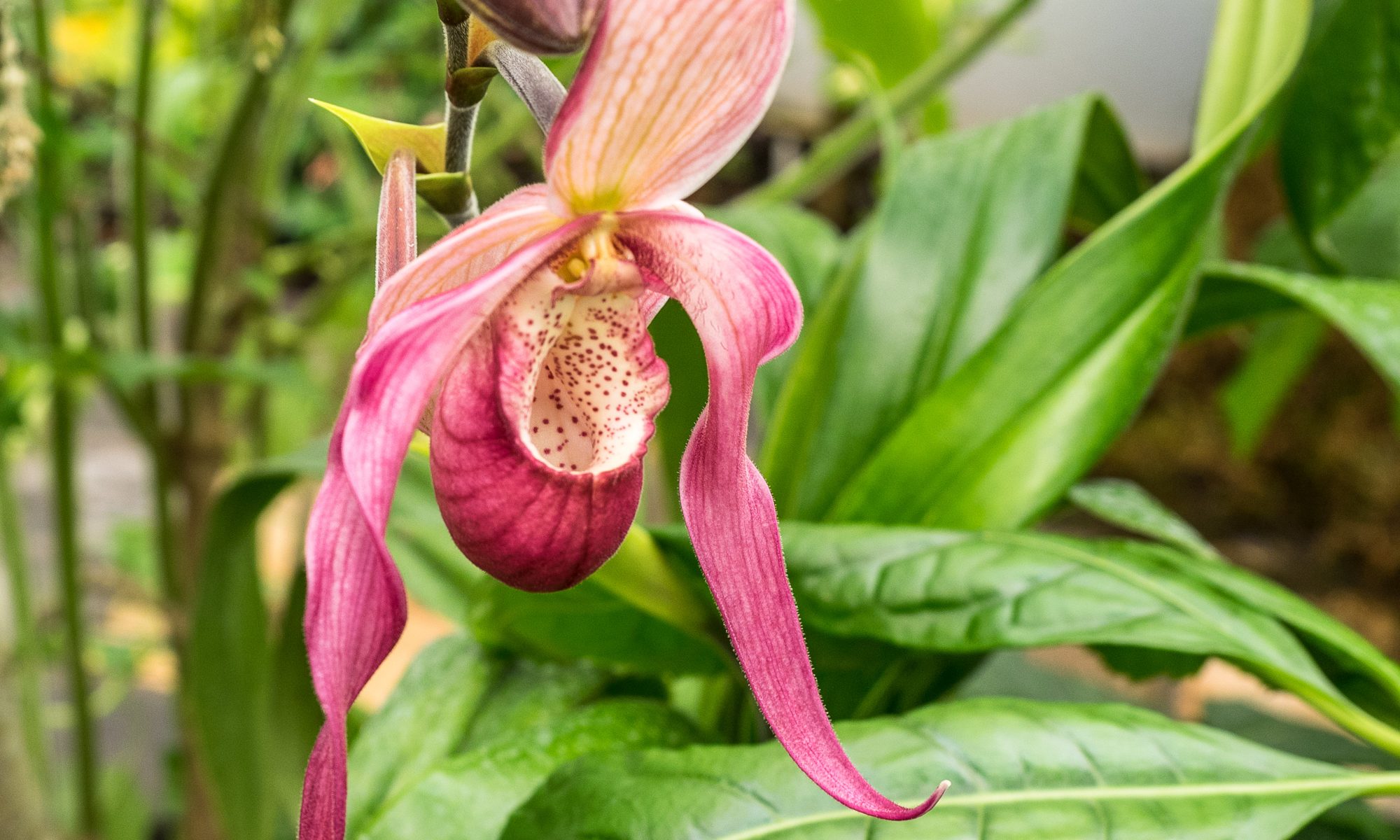Tom Hart Dyke, Curator of The World Garden at Lullingstone Castle, shares his passion and top plant care tips for orchids – which aren’t always as tropical as you may think
Orchids are now considered to be the largest family of flowering plants in the world representing well over 25,000 different species with many new varieties being discovered each year. They occur on every continent except Antarctica. Over 50 species are native to Great Britain. My love affair with these amazing plants started aged seven when my influential gardening granny bought me a ‘Slipper Orchid’.
Local native orchids also helped fuel my passion: I vividly remember sneaking up in the lunch break at primary school to an ‘out of bounds’ patch of chalk downland to observe fabulous Bee and Wasp orchids. The mimicry of many orchids is wondrous. Since school I’ve travelled with botanical funding to observe orchids in the tropical remote Indonesian Mentawain Islands and the magnetic lure of the spell binding Orchid family led me in the year 2000 to the Darien Gap in Central America, resulting in a nine- month hostage ordeal. It was worth it though, as I saw lots of orchids in captivity and survived to tell the tale!
Tom’s Top Tips:
The mass production of tropical orchids has made the Phalaenopsis (‘Moth Orchid’) the most popular pot plant in the world. Basic essential tips for your indoor orchid include using rainwater if possible, water once a week to soak the free draining compost, letting excess water completely drain through over the sinkhole before placing back in a well lit position, but not right against windows in case of leaf burn. Feed once a month with something like Tomorite – one-fifth recommended strength. Place your orchid in a saucer covered in a layer of gravel and use a water sprayer to mist twice a day to increase beneficial humidity. Never let your orchid stand in water.
Be adventurous and consider experimenting by growing our native orchid varieties. In my experience the easiest are the “Early Purple Orchid”, “Common Spotted Orchid” and various species and hybrids of Dactylorhiza (“Marsh Orchids”). My favourite – Dactylorhiza x grandis – is a “Hybrid Spotted Marsh Orchid” my granny gave me when I was 10 years old and I still have it growing in the United Kingdom region of The World Garden. Full sun, good drainage and a soil that never entirely dries out are preferred. Pot culture is possible too, although it’s best to place the container in part shade during the hottest hours of the day.
Top Tip for the ‘Moth Orchid’: When flowering is finished please don’t completely cut down the spent flower spike – even if the label instructs you to! Cut back to just above the nearest node (notch in stem) or where the brown dead stem meets green. Then you should prolong flowering with additional blooms appearing from the node.
Why not go orchid hunting in the South East! Wild orchids are fantastic. Visit richly diverse locations such as Park Gate Down near Stelling Minnis where in late May you can find the very rare ‘Monkey Orchid’ and the delightful ‘Butterfly Orchid’ or mid-June at Sandwich Bay where you can be astounded by the endangered ‘Lizard Orchid’, one of the best locations in the UK to view this species.
Immerse yourself in the world of orchids and join the Orchid Society of Great Britain, or visit local orchid shows and festivals to gain more knowledge about these incredible plants. Don’t miss a trip to The World Garden, we have a temperate orchid house ‘Orchis’, dedicated to showcasing over 100 rare and beautiful orchids, all ready to ignite your passion!
Set within 120 acres of beautiful Kent countryside, Lullingstone Castle in Eynsford, Kent, is one of England’s oldest family estates, dating back to the time of Domesday. An historic family mansion frequented by Henry VIII and Queen Anne. It is also home to the UK’s first ever ‘World Garden of Plants’, containing some 8,000 plant species, cultivars and hybrids planted in their respective countries of origin, the vision of modern-day plant hunter Tom Hart Dyke. This year is special as Lullingstone will be celebrating the 15th anniversary of The World Garden. Lullingstone Castle is open from Friday 3 April to Saturday 31 October 2020 on Friday, Saturday, Sunday and Bank Holiday Monday (excluding Good Friday) from 12pm-5pm. The house is open only at 2pm for a guided tour. lullingstonecastle.co.uk
TEST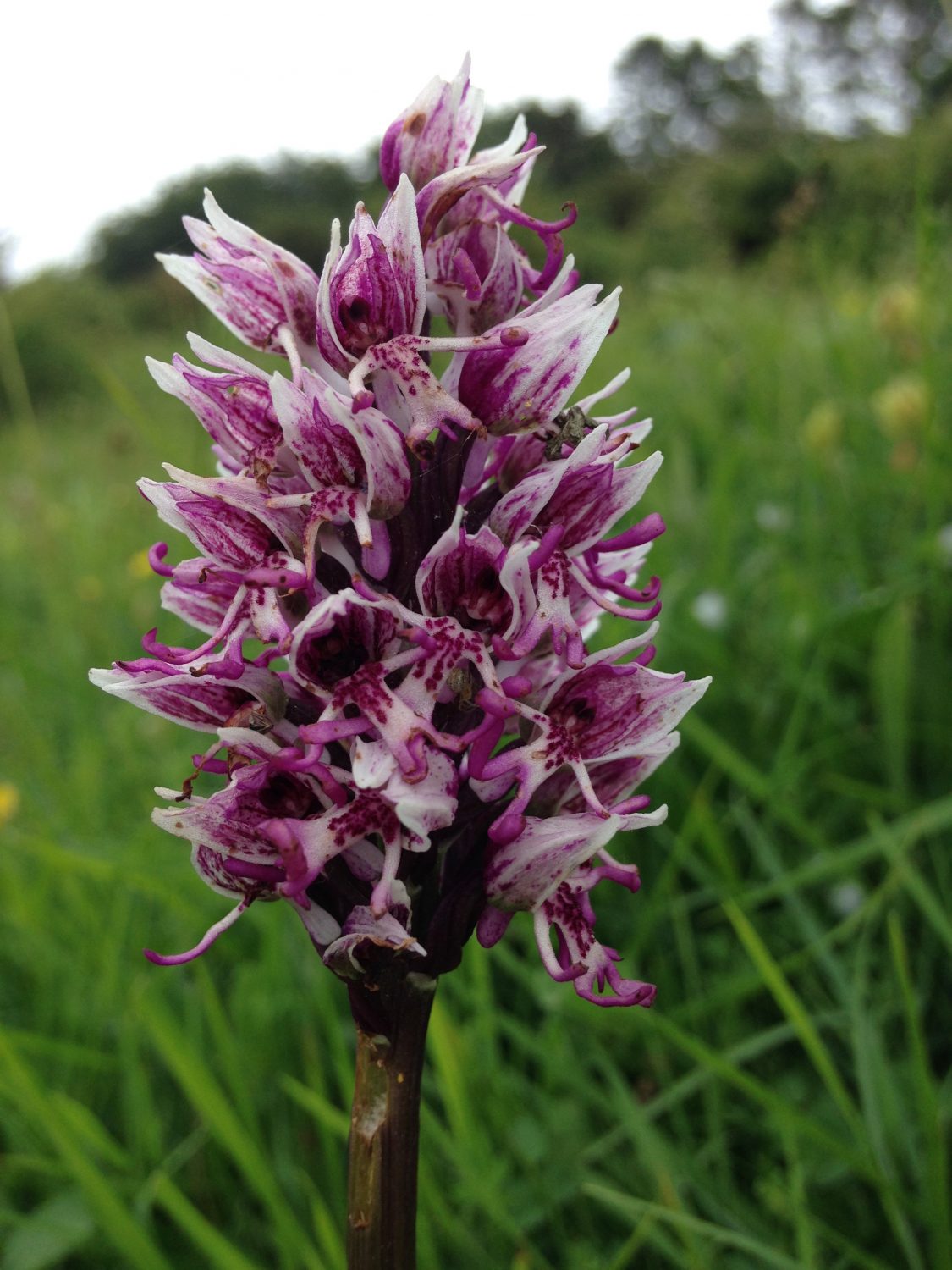
Monkey Orchid
TEST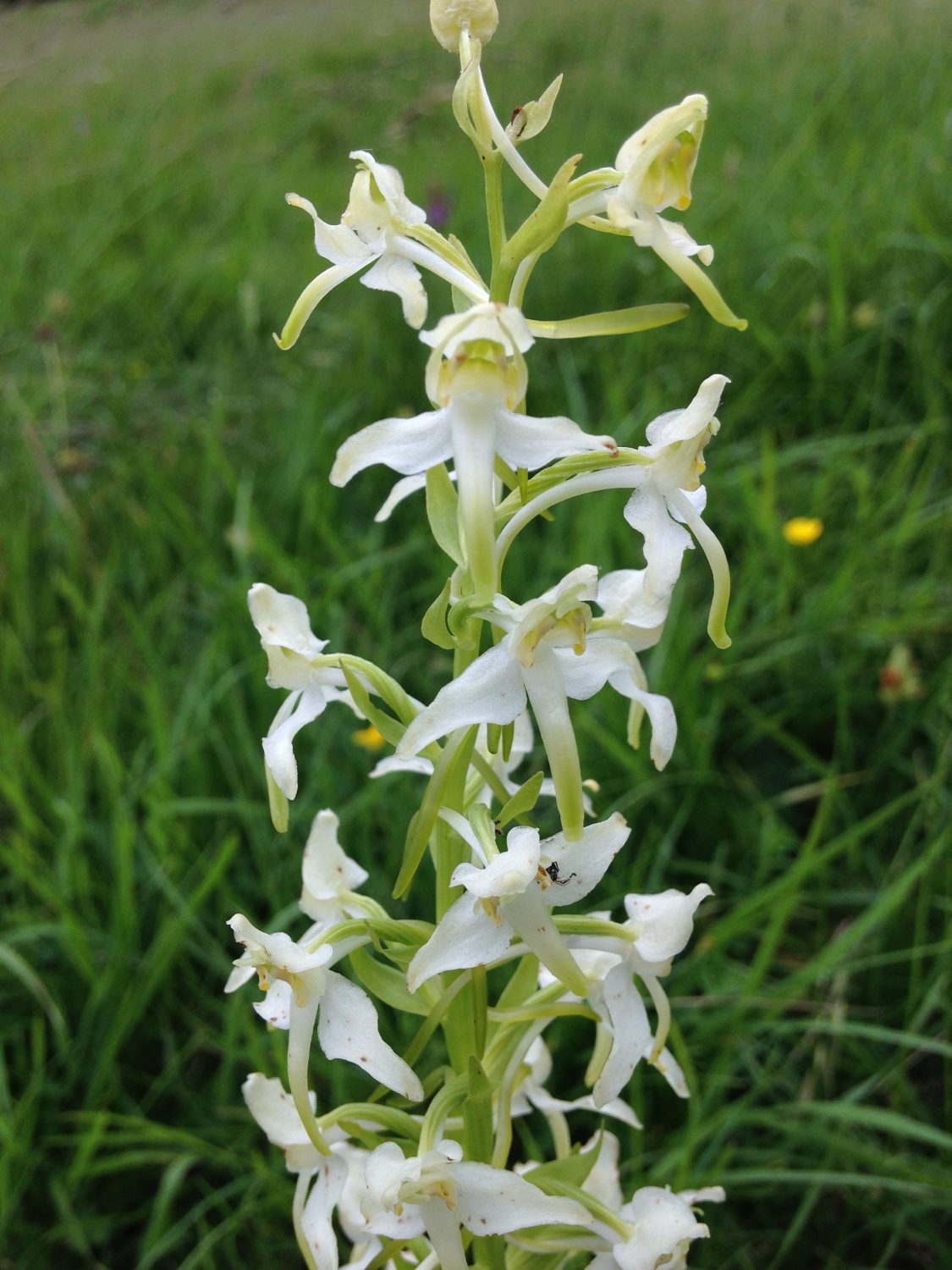
Greater Butterfly Orchid
TEST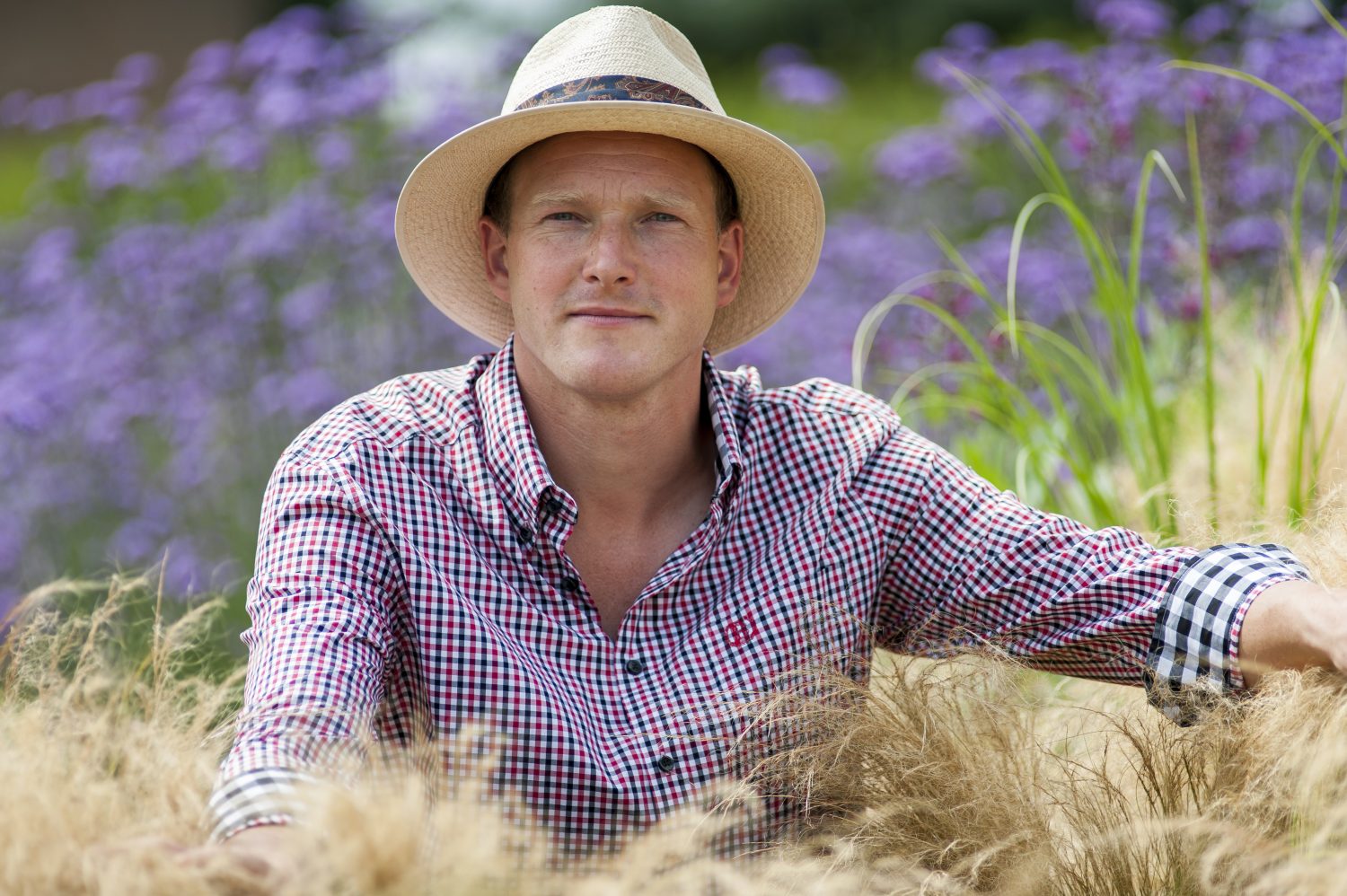
Tom Hart Dyke
TEST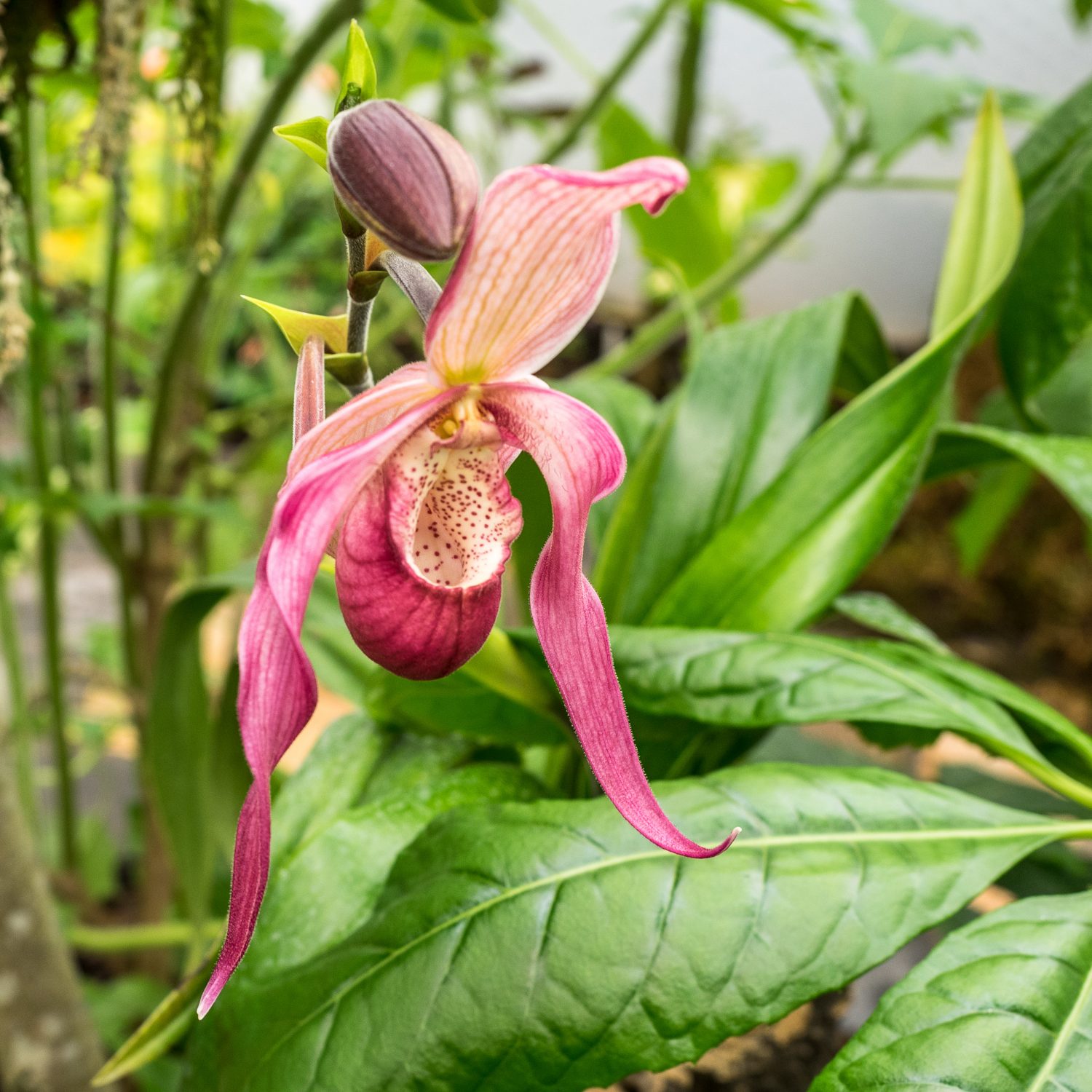
Alan Graham
You may also like
Go with the Flow
Sue Whigham shares some valuable new-to-gardening advice I’m sure that by now we should be used to the rain but I’m not entirely sure that we are. We had a dry, sunny day the other day and how everybody’s mood...
Farm Fables
Jane Howard gets to the bottom of why so many ponds have disappeared across the High Weald I have a new passion, almost an obsession, it’s about ponds. And there’s a distinct possibility I might become a bit of a...
Hedge Issues
Sue Whigham takes a meander along nature’s verdant and vital corridors Recently the BBC’s Today programme carried a feature about England’s hedgerows which created a lot of interest among listeners. On the strength of that, Martha Kearney interviewed one of...
